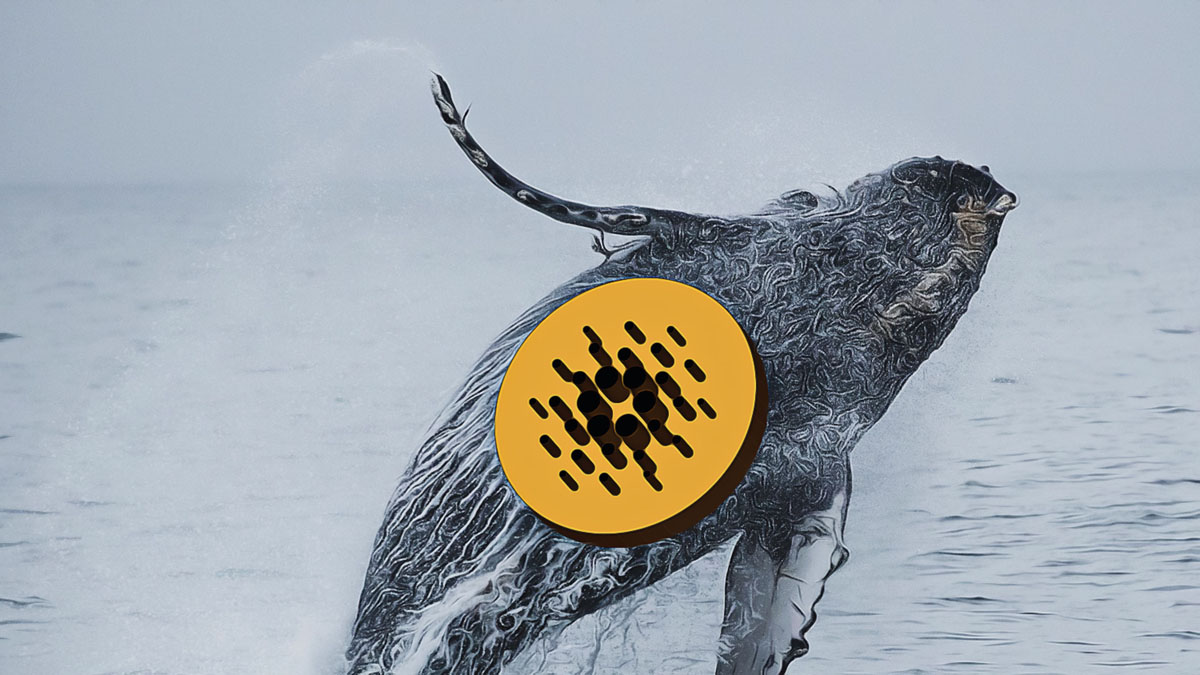Cardano (ADA) has experienced an increase in whale activity over recent months, with IntoTheBlock reporting an average of $13 billion in daily whale transactions, a figure that surpasses Ethereum’s (ETH) daily whale transaction volume by 160%. Despite this uptick in large-scale transactions, ADA’s price has remained relatively unchanged, trading at $0.49 at the time of the report, marking a 19% decrease over the past month.
According to data from 21milyon.com, ADA’s price fell by 15% in just the last week, returning to pre-ETF approval price levels. The overall altcoin market had surged following the Bitcoin Spot ETF approval on January 10, which saw ADA’s price leap by 21% to $0.61 the following day.
However, as excitement over the ETF approval waned, ADA’s price began to retract, exacerbated by a lack of genuine demand for the cryptocurrency. Since January 11, ADA’s price has dropped by 20%. Indicators of declining demand for ADA were evident in the 24-hour chart’s key momentum indicators, with the Relative Strength Index (RSI) and Money Flow Index (MFI) both positioned below their respective central lines at the time of writing.
ADA’s RSI was trending downward at 41.11, and its MFI stood at 48.53. These values indicated an accumulation of coin sales. The Chaikin Money Flow (CMF) signaled an increase in liquidity outflow from ADA’s spot market, registering at -0.04, suggesting capital withdrawal and market weakness, potentially exerting downward pressure on ADA’s price.
Since the start of the year, ADA’s market value to realized value (MVRV) ratio has been negative, implying that most ADA investors are holding onto their coins at unrealized losses, further highlighting the bearish sentiment surrounding the cryptocurrency.






